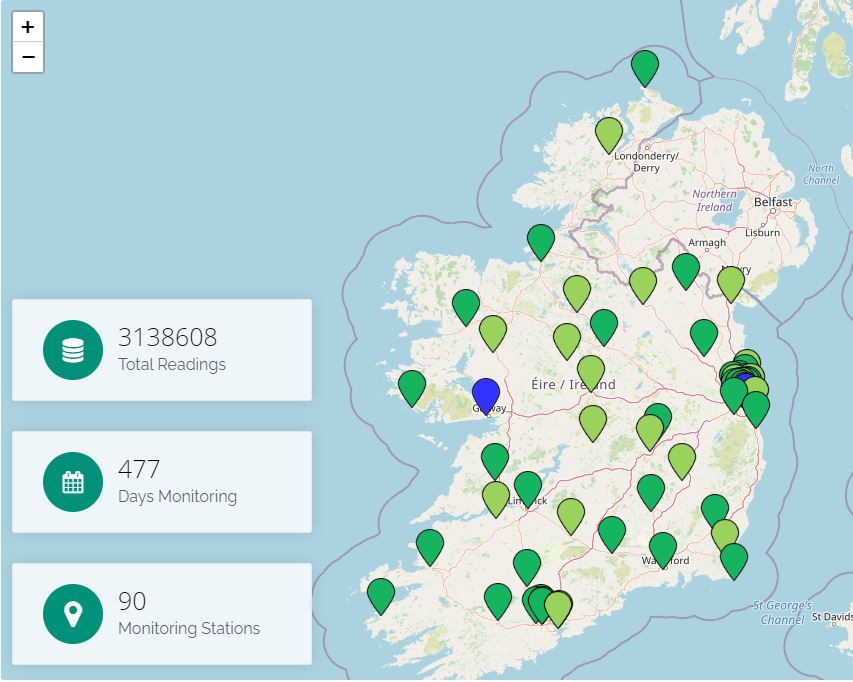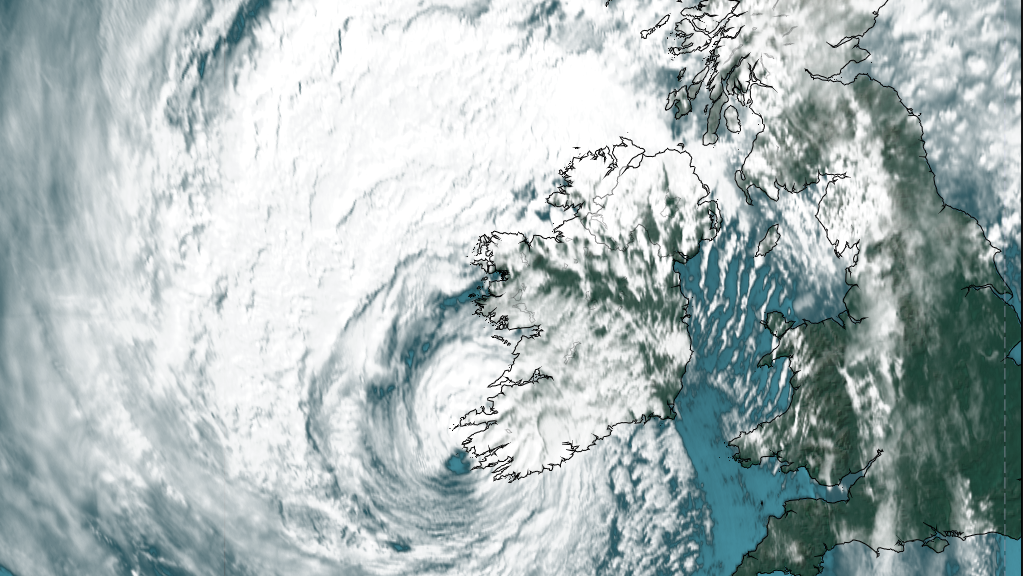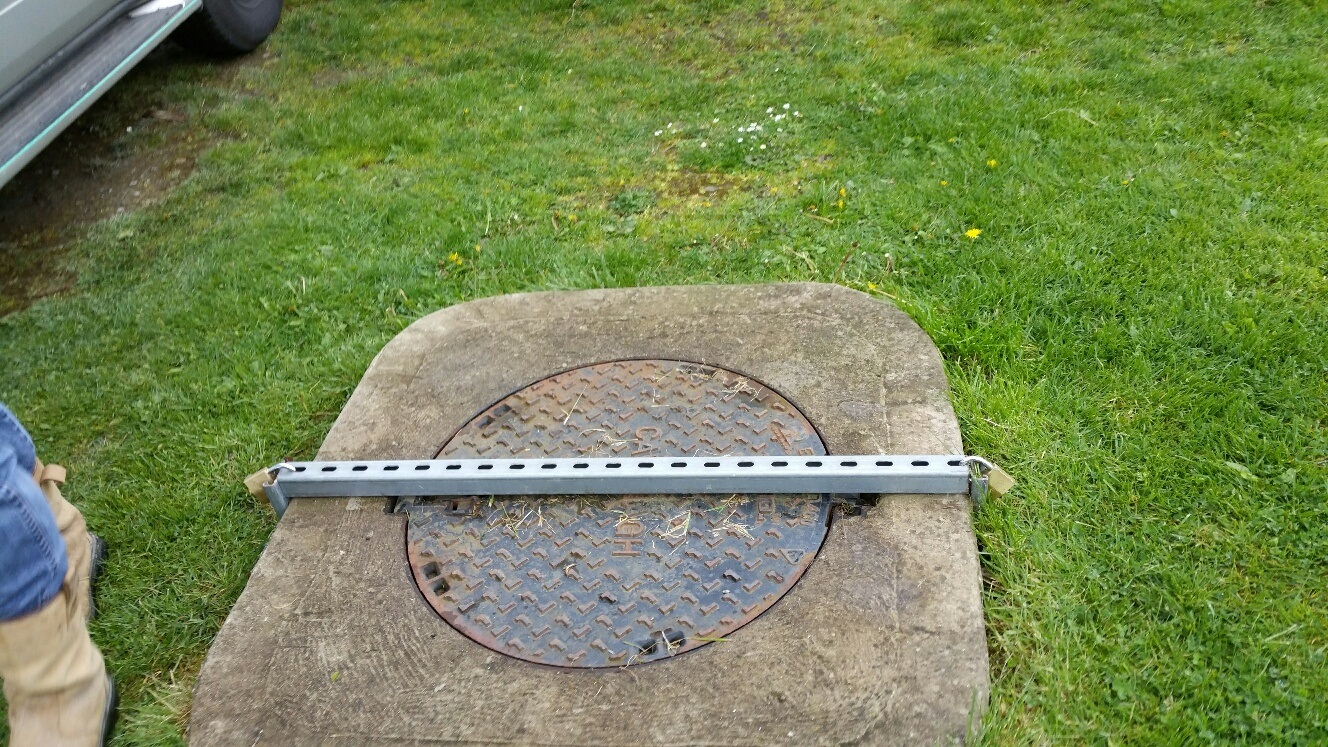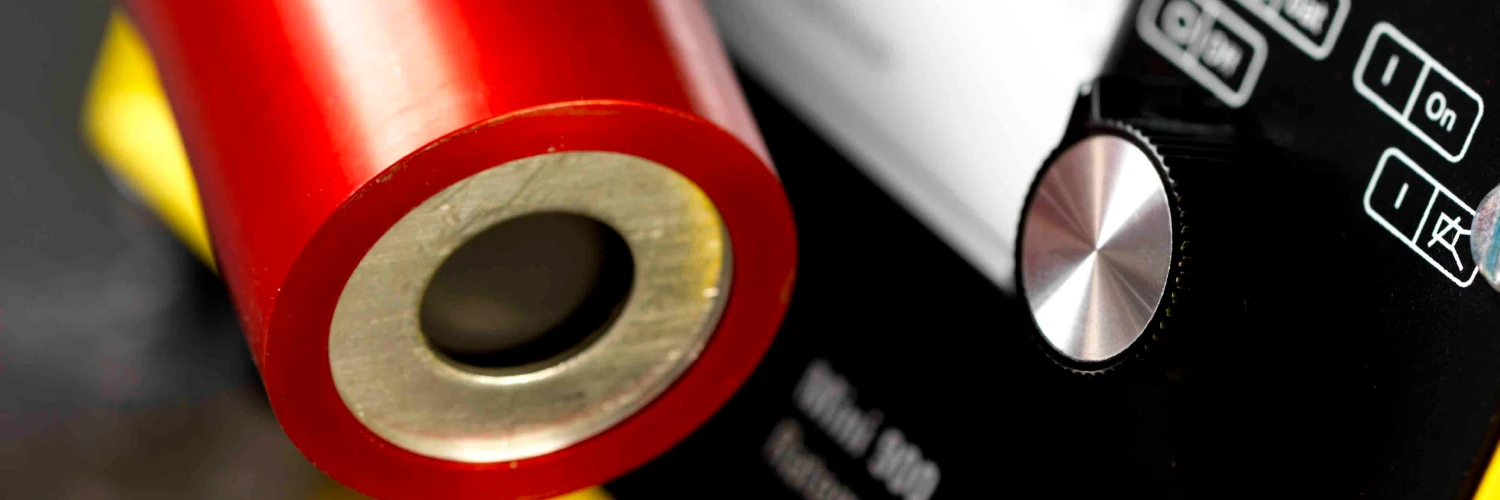
The quality of our Air!
Fine particulate matter from the burning of solid fuel remains the biggest contributor to poor air quality in Ireland, responsible for an estimated 1,300 premature deaths per year. The choices we make in how we heat our homes & how we travel directly impacts the quality of our air.





